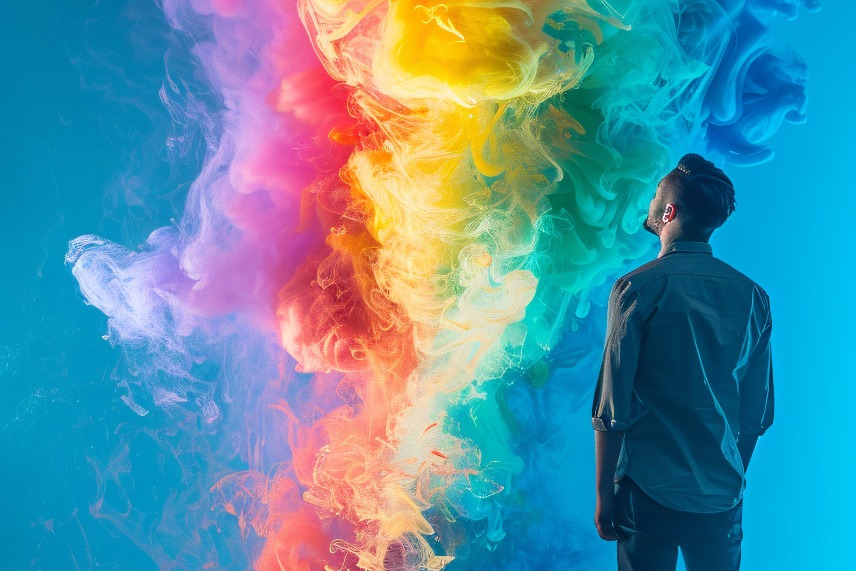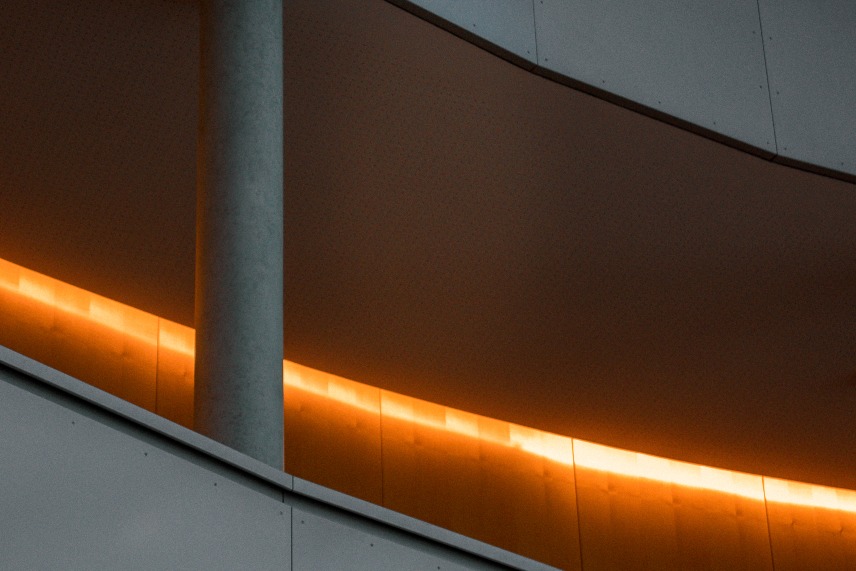- HOME PAGE
- / BLOG
BLOG

Color Catastrophes: Shades That Look Great on the Paint Swatch but Shock You on the Wall
It always starts the same way:
You walk into a paint store, look at the color swatches… and fall in love.
That perfect grey.
That elegant beige.
That “soft white.”
But once the paint hits the wall, the romance ends abruptly:
“Wait… THAT is not the color we picked!”
Color catastrophes are one of the most common, funniest and most painful experiences in interior design.
A paint swatch is a dream.
A wall is reality.
Let’s explore — with humor and professional insight — why colors change dramatically once applied to real walls.
1. A Paint Swatch Is NEVER the Real Color
A swatch is:
- a tiny 3×3 cm sample,
- printed under controlled neutral light,
- isolated from surrounding colors.
A real wall is:
- 10–40 m²,
- influenced by daylight + LED color,
- affected by furniture, floor reflection and shadows,
- constantly changing between day and night.
Conclusion: A swatch cannot represent reality.
Common disasters:
- Grey turning blue
- Beige turning yellow
- White turning dirty
- Greige turning cold and flat
- Pastels turning childish or neon
2. Colors That Cause the Biggest Shock (Catastrophe List)
2.1 Grey — the King of Catastrophes
On the swatch: elegant, modern.
On the wall: “Why is it BLUE?!”
Grey is extremely sensitive to:
- natural light,
- floor undertones,
- furniture reflection.
2.2 Beige & Greige Tones
Beige → turns yellowish
Greige → looks cold and muddy in many homes
2.3 White Shades
White has over 250 variations.
White on wall =
- yellow at night
- blue in northern light
- grey in shadow
2.4 Pastels
Mint → hospital color
Lavender → turns icy
Blush → looks childish
2.5 Earth Tones
Warm in the swatch, muddy on the wall.
3. Why Colors Change: The Undertone Science
Every color has an invisible undertone:
- yellow
- red
- blue
- green
- violet
- grey
A beige with pink undertones will paint your entire room rosy even if it looked neutral on the swatch.
Designers trust big samples, not swatches.
4. Light Changes Everything
4.1 North Light → Cooler Colors
Everything looks colder.
4.2 South Light → Warmer, More Yellow
White becomes creamy, beige becomes darker.
4.3 LED Temperature
3000K = warm
4000K = neutral
6500K = icy blue
Mistake: Using 6500K everywhere → all colors shift blue.
5. The Floor — The Hidden Color Influencer
Floors reflect up to 40% of their color onto walls.
Wood → yellow tone
Grey tile → cool tone
Marble → complex undertone
This is why the same paint looks different in different homes.
6. Furniture Reflections Impact Color
Red sofa → rosy reflections
Blue rug → cool shift
Gold decor → warms the wall
Color exists within a system, not alone.
7. The Worst Mistake: Choosing from a Tiny Swatch
Most people look at a tiny swatch and paint their whole home.
This is interior design’s biggest tragedy.
Correct method:
Paint an A4 sample on each wall.
Evaluate morning, noon, night, shadow.
8. 2025 Color Trends
8.1 Warm–Cool Balance
Mixing warm and cool tones to stabilize the space.
8.2 Textured Paint
Limewash, mineral paint and microcement dominate 2025.
8.3 Warm Greige Comeback
Greige returns with softer undertones.
8.4 Digital Light Simulation
AI-based lighting simulation before choosing color.
9. Catastrophe Prevention Guide
✔ Never decide from a swatch
✔ Always test in different lights
✔ Consider furniture + floor influence
✔ Analyze room direction
✔ Paint samples on multiple walls
✔ Identify undertones
✔ Assume every color will shift slightly
Conclusion: The Swatch Is a Dream — The Wall Is the Truth
Color selection is an emotional, hilarious and sometimes painful journey.
The swatch seduces you…
Light betrays you…
The floor manipulates you…
The wall exposes everything.
But with knowledge and careful testing, you can avoid color catastrophes and create a room that truly reflects your style.





